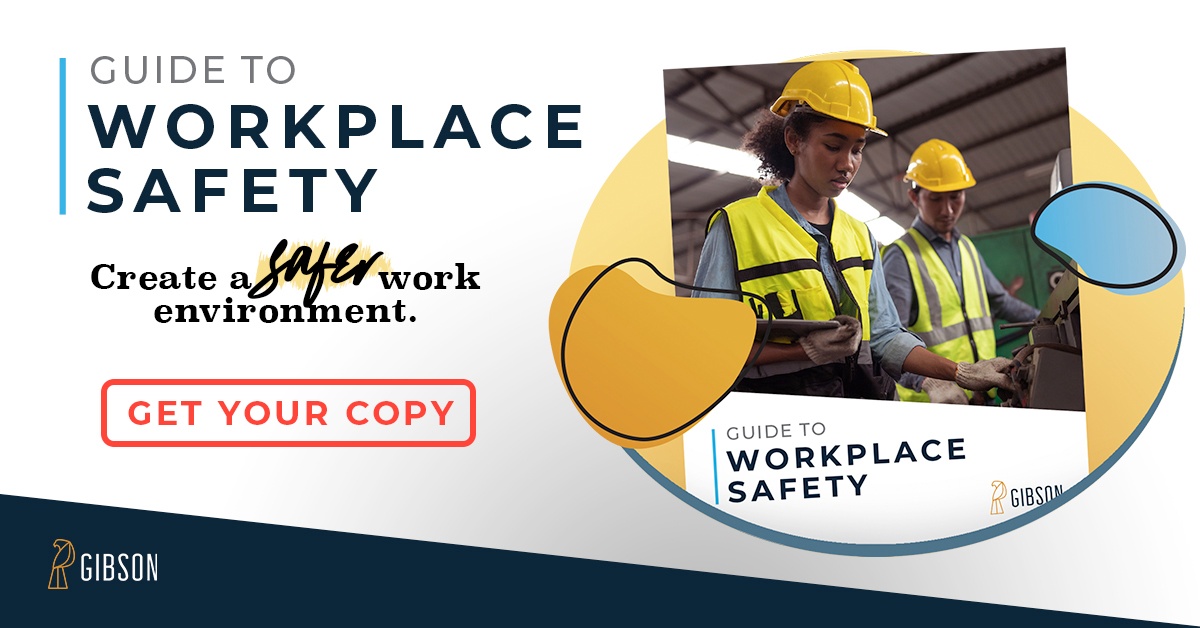 For most of us, an active shooter incident is over as soon as the next news cycle begins. We hear the basics, as well as a bit about the shooter and his—almost never her—motivations. But other than with the most severe situations, we quickly move on with our lives.
For most of us, an active shooter incident is over as soon as the next news cycle begins. We hear the basics, as well as a bit about the shooter and his—almost never her—motivations. But other than with the most severe situations, we quickly move on with our lives.
For communities and schools that experience an active shooter event, moving on isn’t so easy. The incident itself may be over quickly—the shooting at Sandy Hook Elementary School in Newtown, Connecticut lasted just five minutes—but its effects are long lasting. And they are both personal and widespread.
Psychological Effect
Not surprisingly, the psychological consequences of directly witnessing a mass shooting are often serious. Witnesses and victims experience post-traumatic stress disorder and other serious post-shooting diagnoses at a significant rate. Very few people with direct involvement report no symptoms.
These effects aren’t limited to mass shootings; targeted shootings can have a similar impact. Chance Jackson, then a 15-year-old middle-school student in Martinsville, Indiana, was shot twice in the abdomen by a classmate over a dispute involving a girl. He spent more than three weeks in the hospital recovering from injuries. For much of the following year he wouldn’t leave the house without a bulletproof vest. And when he was home he needed the shades drawn to feel safe. Two years after the incident, Jackson still hadn’t returned to school.
Enrollment Effect
Jackson’s friend, Brandon Kent, who witnessed the shooting and suffered burns when he was struck by a bullet casing, transferred to another school. But he admitted he was absent more often than not.
Kent’s decision to transfer is not unusual. The year after the shooting at Sandy Hook, enrollment in the Newtown Public School District dropped by almost 250 students. Although the district hasn’t determined whether the decline was caused by the shooting or was just part of a larger demographic shift, it seems likely the shooting contributed to the drop. One study uncovered ninth-grade enrollment at high schools that experience a school shooting drops by an average of 5.8% the following year.
Academic Effect
The same study found that standardized test scores in math and English are lower in affected schools up to three years after a deadly shooting. According to the methodology, this result isn’t due to fewer high-achieving students attending schools where shootings occurred; the students’ academic achievement worsens. If future wages correlate to academic achievement, as some research has concluded, the school shooting could have a lifetime impact on many students.
Schools may also lose experienced and qualified teachers. They may opt for early retirement or move to other schools that aren’t associated with the trauma of the shooting. Even if they return, teachers suffering psychological effects may not be as effective.
Financial Effect
Because a shooting affects enrollment, it ultimately impacts the school’s finances. For schools, income depends on enrollment. If enrollment declines so will income. And if income declines a school may have to cut jobs or programs.
If an active shooter incident is serious enough, a school may have to close, at least temporarily. For example, when the shooting at Columbine High School in Littleton, Colorado occurred, there was a month left in the school year. The school coordinated with another local high school for its students to finish out the year. But if that isn’t possible, a school may have to pay for alternative space. A more extreme example is Newton Public School District’s decision to tear down Sandy Hook Elementary School and rebuild it. That project is expected to cost $57 million.
Legal Effect
Finally, there’s the possibility of a lawsuit. The two students from Martinsville, Indiana have sued the school district. In a recent decision, the Indiana Court of Appeals affirmed a lower-court ruling that the schools were not immune from liability for the shooting. So more than three years after a shooter entered West Middle School, the district—and any employee or student witnesses—are still directly addressing the incident.
That there is great cost involved with an active shooter event isn’t surprising to anyone. Given how quickly we turn our attention elsewhere after yet another mass or school shooting hits the news, just how great and how long lasting the effect may be is not as apparent. We don’t see the child hiding at home, afraid to return to school. We don’t consider the school district deciding what to do with the building after the incident. We don’t follow the lawsuit years after the incident.
But those things happen. And to grasp the enormity of a possible shooting is close to incomprehensible. Adequately prioritizing prevention and preparation will be pivotal to addressing the epidemic we face.




